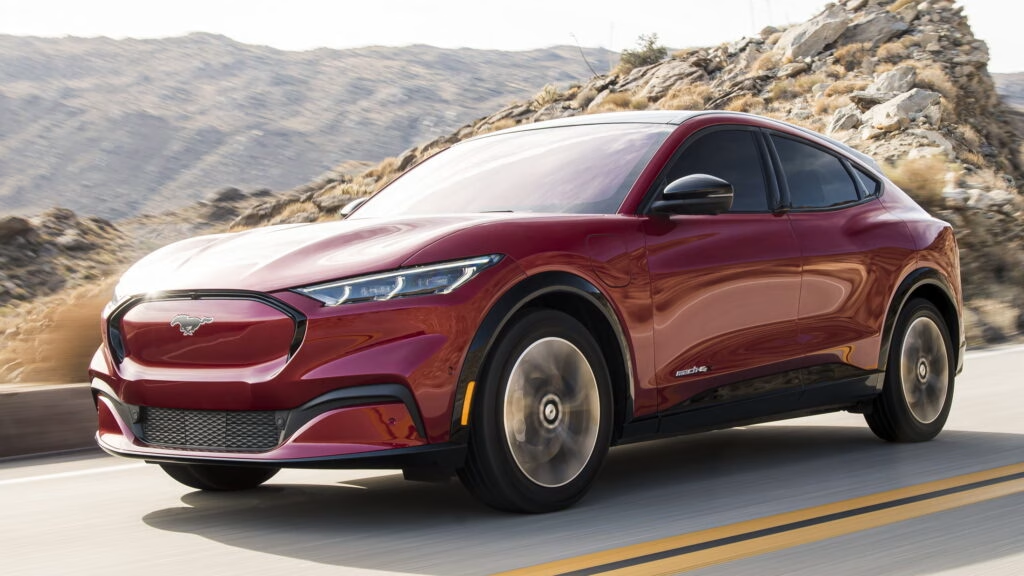Ford’s recent sales figures reveal a troubling trend for the automaker, particularly in the electric vehicle (EV) sector. Despite investing heavily—tens of billions of dollars—into electrification, Ford’s EV sales have taken a significant hit. In April 2024, the company sold just 4,859 EVs, a staggering 39.4% drop from the 8,014 units sold in the same month last year. This decline is part of a broader pattern; year-to-date sales are down 2.9%, with only 27,409 EVs finding new owners in the first four months of 2025.
What’s behind this downturn? A notable drop in demand for key models like the Mustang Mach-E, F-150 Lightning, and E-Transit is largely to blame. The Mustang Mach-E, which had been a flagship for Ford’s electric ambitions, saw sales plummet by over 40% year-on-year in April, selling only 2,927 units compared to 4,893 the previous year. While it’s worth noting that year-to-date sales for the Mach-E are slightly up, the month-to-month decline raises concerns about its long-term viability in a competitive market.
The F-150 Lightning, another cornerstone of Ford’s electric lineup, is also feeling the pinch. Sales dropped from 2,090 units in April 2024 to just 1,740 this year, marking a 16.8% decrease. The E-Transit faced an even steeper decline, with sales plummeting by 81.5%, selling only 192 units last month. These figures paint a stark picture of a company struggling to maintain momentum in a rapidly evolving automotive landscape.
Interestingly, while EV sales are faltering, Ford’s hybrid models are thriving. In April, hybrid sales surged by nearly 30%, reaching 23,331 units. This trend suggests that while consumers may be hesitant to fully embrace electric vehicles, they are increasingly open to hybrid options, which offer a bridge between traditional combustion engines and full electrification.
Despite the challenges in the EV segment, Ford’s overall sales have seen a modest increase. The automaker reported selling 709,966 vehicles in the U.S. in the first four months of 2025, a 3.2% rise from the same period last year. This growth indicates that while the EV market is struggling, Ford’s broader strategy may still be resonating with consumers, particularly in the hybrid and traditional vehicle markets.
As the competition heats up, with rivals like GM and Hyundai-Kia making significant strides in the EV space, Ford must find ways to revitalize its electric lineup. The stakes are high, especially with Tesla continuing to dominate the market. To regain its footing, Ford might need to reassess its marketing strategies, enhance its product offerings, and perhaps even innovate in areas like battery technology and charging infrastructure.
The big takeaway? Ford’s journey in the EV market isn’t about perfection—it’s about smarter adjustments. The company has the potential to turn things around, but it will require a keen understanding of consumer preferences and a willingness to adapt. If you’re considering an EV, keep an eye on Ford’s next moves; they might surprise you. Start with one change this week, and you’ll likely spot the difference by month’s end.

